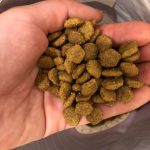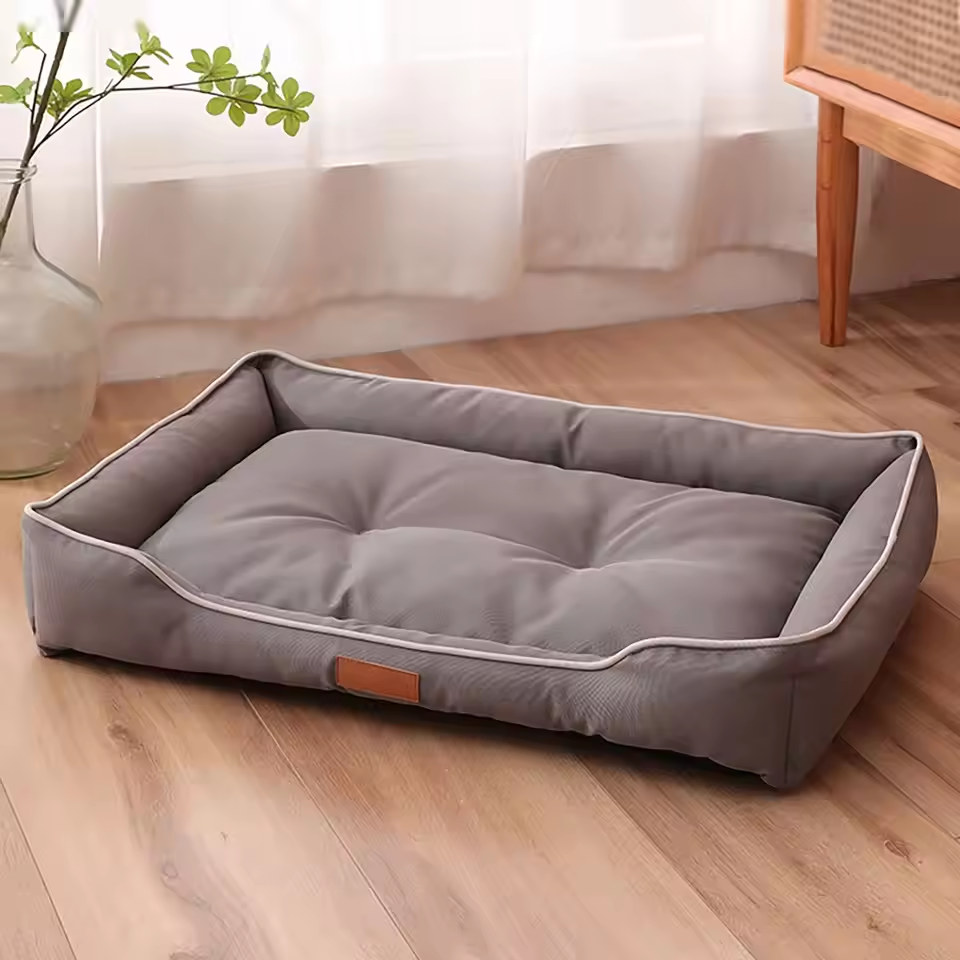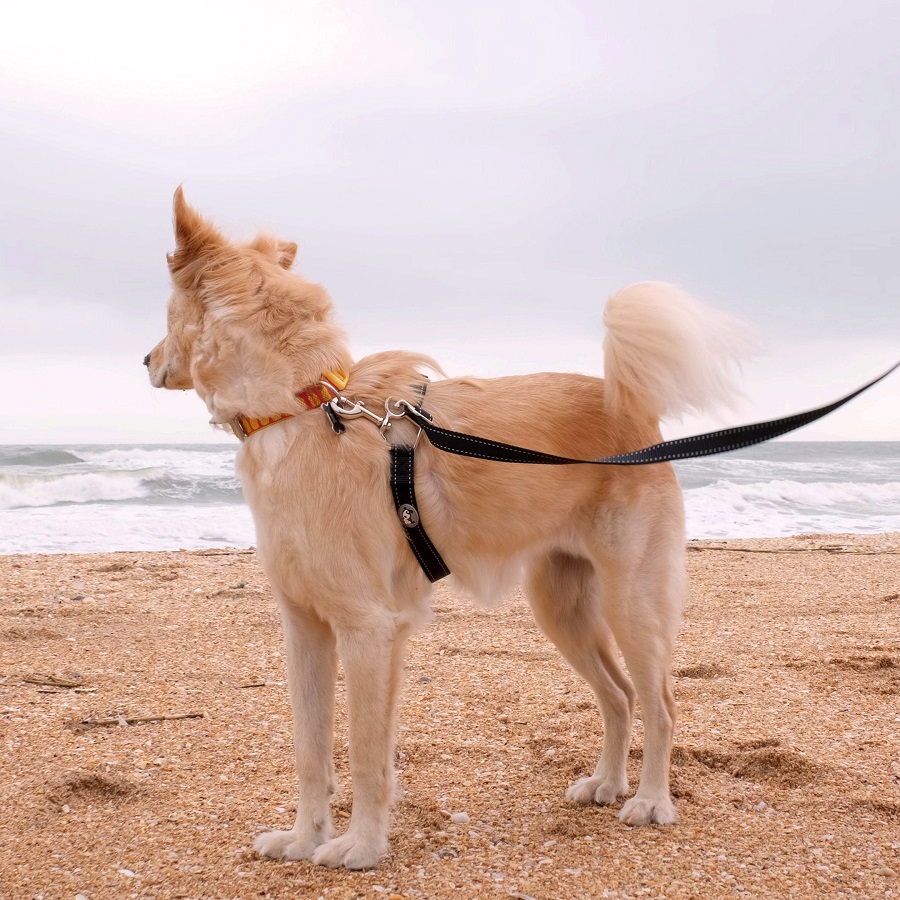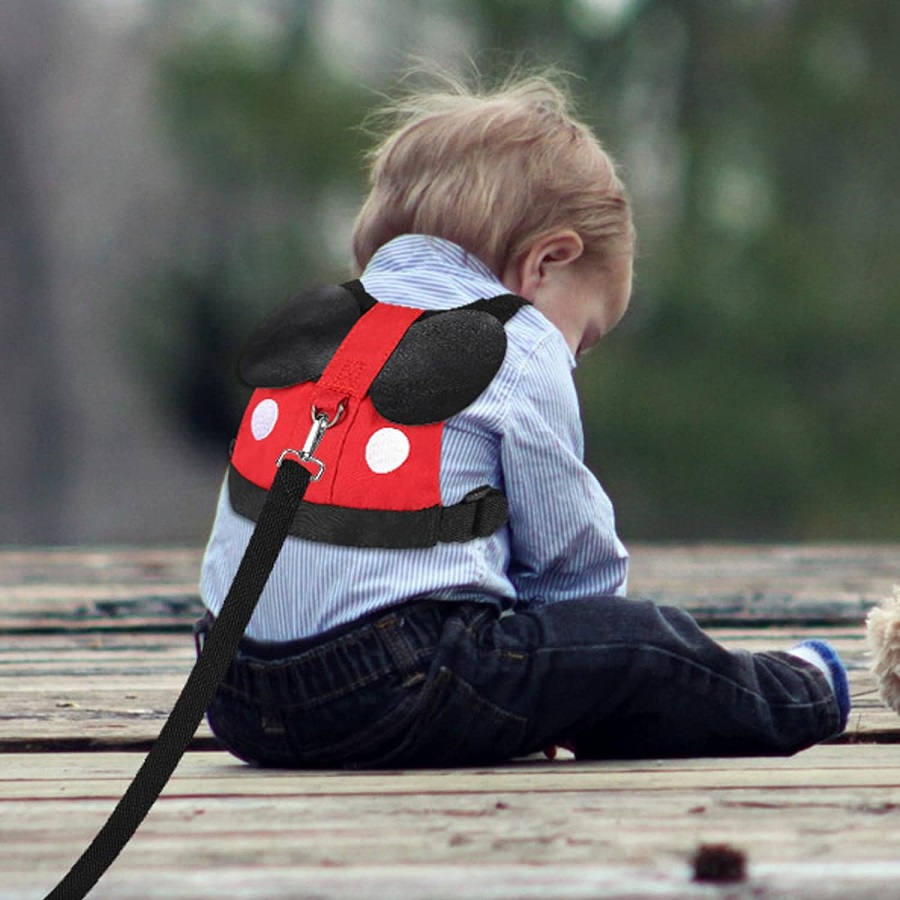Keeping your dog’s belongings clean is essential not only for hygiene but also for prolonging their lifespan. Dog leashes, in particular, can collect dirt, bacteria, and odors over time. Whether made of nylon, leather, or chain, every type of leash can benefit from regular cleaning. In this article, we’ll explore the importance of washing dog leashes, methods on how to do it, and tips for maintaining a clean and safe environment for your furry friends.
Why Wash Dog Leashes?
Understanding the Importance of Cleanliness
Dog leashes are often exposed to various elements when you take your furry friend out for walks. They can come into contact with mud, grass, and various surfaces that can harbor bacteria or mold. This makes washing your dog leash crucial for several reasons. First, bacteria can multiply on dirty leashes, potentially leading to skin infections or irritations for your dog. Secondly, a clean leash contributes to a better overall experience during walks—no one enjoys dealing with a smelly, dirty leash.
Health Risks for Your Dog
The health of your beloved pet should always be a priority, and dirty leashes can introduce unnecessary risks. A grimy leash can transfer pathogens to your dog, especially if they are prone to allergies or skin conditions. Common problems caused by dirty harnesses and leashes include rashes, infections, and irritations. Regular cleaning not only keeps your dog safe but also helps in maintaining their comfort.
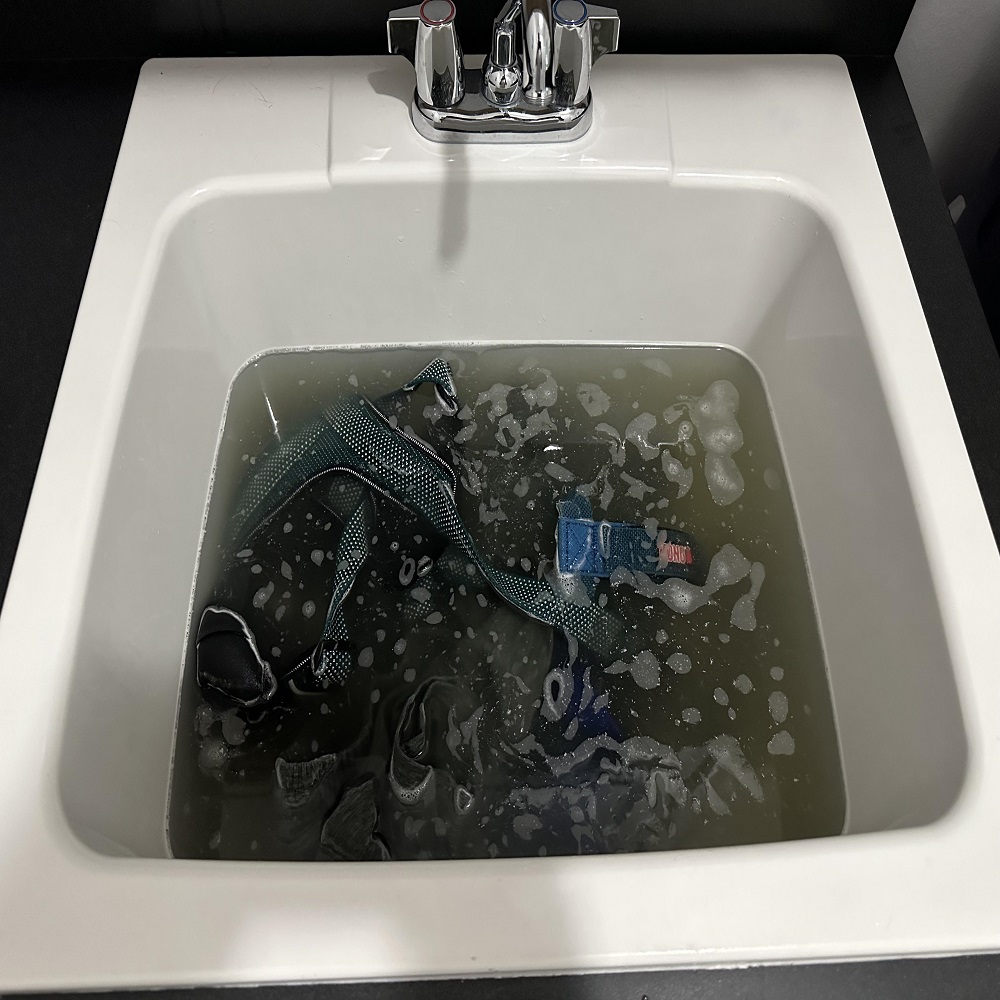
How Often Should You Wash Dog Leashes?
Frequency of Cleaning Your Leash
Understanding how often to wash your dog leash primarily depends on your dog’s lifestyle and the terrain you frequently traverse during walks. If your dog plays in the park, enjoys muddy paths, or is a water-loving breed, you may find yourself needing to clean the leash more frequently—possibly once a week. Conversely, if your walks are limited to paved paths with minimal mess, washing it once a month may suffice.
Signs It’s Time to Clean
Apart from having a schedule, you should also pay attention to signs that indicate it’s time for a thorough cleaning. If your leash has accumulated visible dirt or grime, emits an unpleasant odor, or if you observe any signs of mold or bacteria, it’s imperative to wash it. Additionally, if you notice that your dog seems uncomfortable or is pawing at their collar or harness, it might be due to irritants present on the leash.
Different Types of Dog Leashes
Understanding Leash Materials
Dog leashes are made from a variety of materials, including nylon, leather, and chain, each requiring specific cleaning methods. Understanding the material will help you choose the right cleaning technique to avoid damage.
Nylon Leashes
Nylon leashes are popular due to their durability and flexibility. They can generally be washed in a washing machine with mild detergent. However, it’s essential to check the manufacturer’s instructions first. If the leash is heavily soiled, consider soaking it in a solution of water and mild soap before machine washing.
Leather Leashes
Leather leashes require more care. You should avoid soaking them, as excessive moisture can damage the leather. Instead, use a damp cloth to clean the surface and then apply a leather conditioner to maintain its integrity. Regularly applying a protective treatment can extend the life of the leash.
Chain Leashes
Chain leashes are likely the easiest to clean since they can be wiped down or rinsed under water. However, check for rust or corrosion regularly, especially if your dog likes to swim.
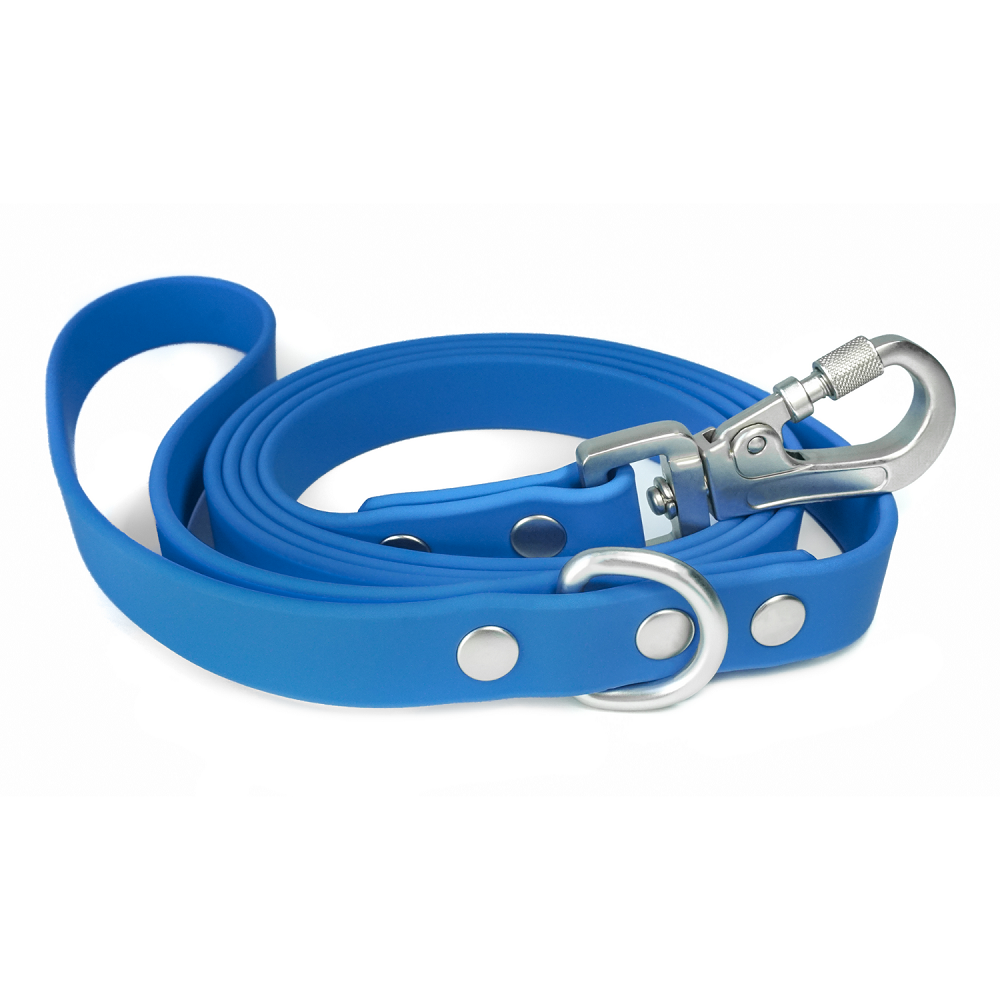
How to Wash Nylon Dog Leashes
Step-by-Step Cleaning Process
Washing a nylon dog leash is relatively straightforward. Start by detaching it from your dog’s collar or harness. You can wash it in a washing machine or by hand, depending on your preference. If using a washing machine, place the leash in a mesh laundry bag to prevent tangling. Use warm water and a mild detergent, then set the machine to a gentle cycle.
Hand Washing Techniques
If you choose to wash by hand, soak the leash in warm, soapy water for about 10-15 minutes. Use a soft brush or cloth to scrub away stains, focusing on areas that tend to accumulate dirt, like the clips and handles. Rinse thoroughly to ensure no soap residue remains, as this can irritate your dog’s skin. Lay it flat to dry, avoiding direct sunlight that may weaken the fibers over time.
How to Wash Leather Dog Leashes
Cleaning Leather Properly
Cleaning a leather leash requires careful attention. Begin by dusting it off to remove surface debris. Use a damp cloth to wipe it down, ensuring you don’t saturate the leather. For deeper stains, you can use a specialized leather cleaner, applying a small amount to a soft cloth and gently rubbing the stained area.
Conditioning Leather
Once cleaned, it’s crucial to condition the leather. Leather tends to dry out and can crack over time. Applying a leather conditioner helps to keep it supple and durable. Always follow the instructions on the conditioner’s packaging, as different products may have varying guidelines.
How to Wash Chain Dog Leashes
Simple Cleaning Routine
Chain leashes are robust but can accumulate dirt and grime. Cleaning them is simple—just rinse them under warm water. You may use a soft brush to remove any stubborn dirt lodged between the links. If you notice rust, gently scrub it off using a rust-removing solution or fine steel wool.
Prevention of Rust
After cleaning, dry the chain thoroughly with a cloth to prevent rust formation. Applying a light layer of oil can also help protect against rust and keep the chain moving smoothly. Store it in a dry place to limit exposure to moisture.
Additional Tips for Maintaining Leash Hygiene
Regular Inspections
In addition to cleaning, regularly inspect your dog leash for signs of wear and tear. Check for frayed edges on nylon leashes, cracks in leather, and rust on chain leashes. Addressing these issues promptly can prevent accidents during walks that could endanger you and your dog.
Drying and Storage
After cleaning, always ensure that the leash is thoroughly dried to prevent mildew and odor formation. Avoid hanging it in direct sunlight, as this can weaken the material over time. For storage, choose a cool, dry place where the leash won’t be exposed to pests or excessive humidity.
Conclusion
Prioritizing Leash Hygiene
In conclusion, maintaining a clean dog leash is essential for both the health of your dog and the longevity of the leash. Understanding how to wash various types of leashes, along with knowing when to clean them, can keep your dog safe during walks. Regular maintenance not only contributes to a positive experience for you and your pet but also shows that you care about their well-being. By following the tips outlined in this article, you can ensure that your dog’s leash remains clean, functional, and ready for your next adventure together.

